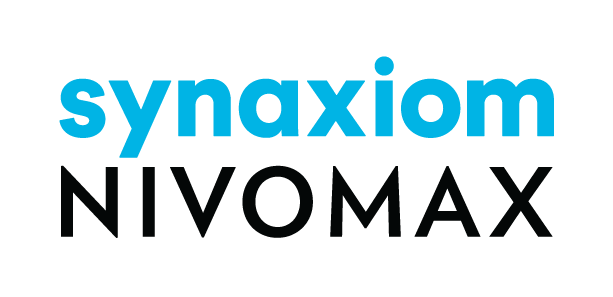NIVOMAX Software Release Process
Published on June 21, 2024 ( Last Updated on December 24, 2025 ) | 4 min read
This document provides an overview of the software release process for NIVOMAX. It outlines the stages and procedures followed to ensure a smooth and efficient update of our software across various platforms, including web applications, Windows applications, and mobile applications.
Key Stages
Core Software Update Completion for Current Release Update
Completing and testing the core NIVOMAX software update. Once ready, customers are informed that the update is available for their customized distribution instances.
Distribution Update Phase with Current Release
Updating a customer’s customized instance of the software, preparing it for release and upgrade. This includes server-side upgrades for all web apps and updates to Windows and mobile applications. This phase may be referred to as the “Distribution Upgrade Phase” to better reflect its purpose.
Identifying Next Releases Candidate Items
Identifying the next release, providing an estimated release date, and listing candidate features expected to be completed and released.
Long-Term Release Plan
Publishing upcoming upgrades and items separately. Only items in the next release are included, while others remain in a pending status.
End-to-End NIVOMAX Software Updating Process
- NIVOMAX Core Update
- Completion and testing of the core software with updates, preparing it for distribution. It is crucial to thoroughly test all core functionalities in various environments and document any known issues along with their resolutions. A rollback plan should be in place in case any critical issues are discovered post-deployment.
- Candidate Selection
- SYNAXIOM selects distribution candidates based on the schedule and enters the distribution update process. It is important to choose candidates who have the necessary infrastructure and resources to handle the update efficiently. Clear communication about their roles and responsibilities during the update process is essential.
- Release Notes Document
- Producing the release notes document containing the final list of items to be included. Ensure that the release notes are comprehensive, detailing all new features, improvements, and bug fixes. Including screenshots or examples where necessary can help clarify the changes.
- UAT Form
- Creating a UAT form to be submitted with the initial software release for customers. This form should cover various test scenarios and expected outcomes, allowing customers to provide structured feedback on the update’s performance and issues encountered.
- Supporting and Help Content
- Sharing all related supporting and help content and engaging customer SME teams in a short training session to set expectations and demonstrate features. Providing detailed guides and conducting hands-on training sessions ensures that customers fully understand the new features and functionalities.
- Distribution Release and Deployment Schedule
- SYNAXIOM shares the release schedule, including dates, approval windows, and other relevant details for the current release. It is vital to provide a clear timeline and key milestones to keep all stakeholders informed and aligned throughout the release process.
- Customer UAT Engagement
- Customers are encouraged to test-drive the tools for real-life daily tasks to assess performance and familiarize themselves with the update. This phase helps identify any issues in a practical context and provides valuable insights into how the update performs in real-world scenarios.
- Customer Feedback and Changes
- Gathering customer feedback and making necessary changes to the software at SYNAXIOM’s discretion, with customer approval to proceed to production. Collecting detailed feedback and prioritizing changes based on impact and feasibility ensures that the final product meets customer expectations.
- Change Advisory
- Preparing the Change Advisory for production deployment. This document should outline the planned changes, their impact on the system, and any associated risks, ensuring all stakeholders are aware and prepared for the upcoming deployment.
- Change Advisory Approval
- Obtaining approval for the Change Advisory. Securing formal approval ensures that all necessary parties have reviewed and agreed to the proposed changes, mitigating the risk of unanticipated issues during deployment.
- Production Update
- Updating the production environment. This step involves deploying the updates to the live environment, following the established procedures to minimize downtime and disruption to users.
- Stabilization
- Observing a one-week stabilization post-deployment. During this period, monitor the system closely to identify and resolve any issues that may arise, ensuring the update is stable and performs as expected in the production environment.
This comprehensive process ensures that all updates to NIVOMAX are carried out smoothly, efficiently, and with minimal disruption to our customers’ operations.

